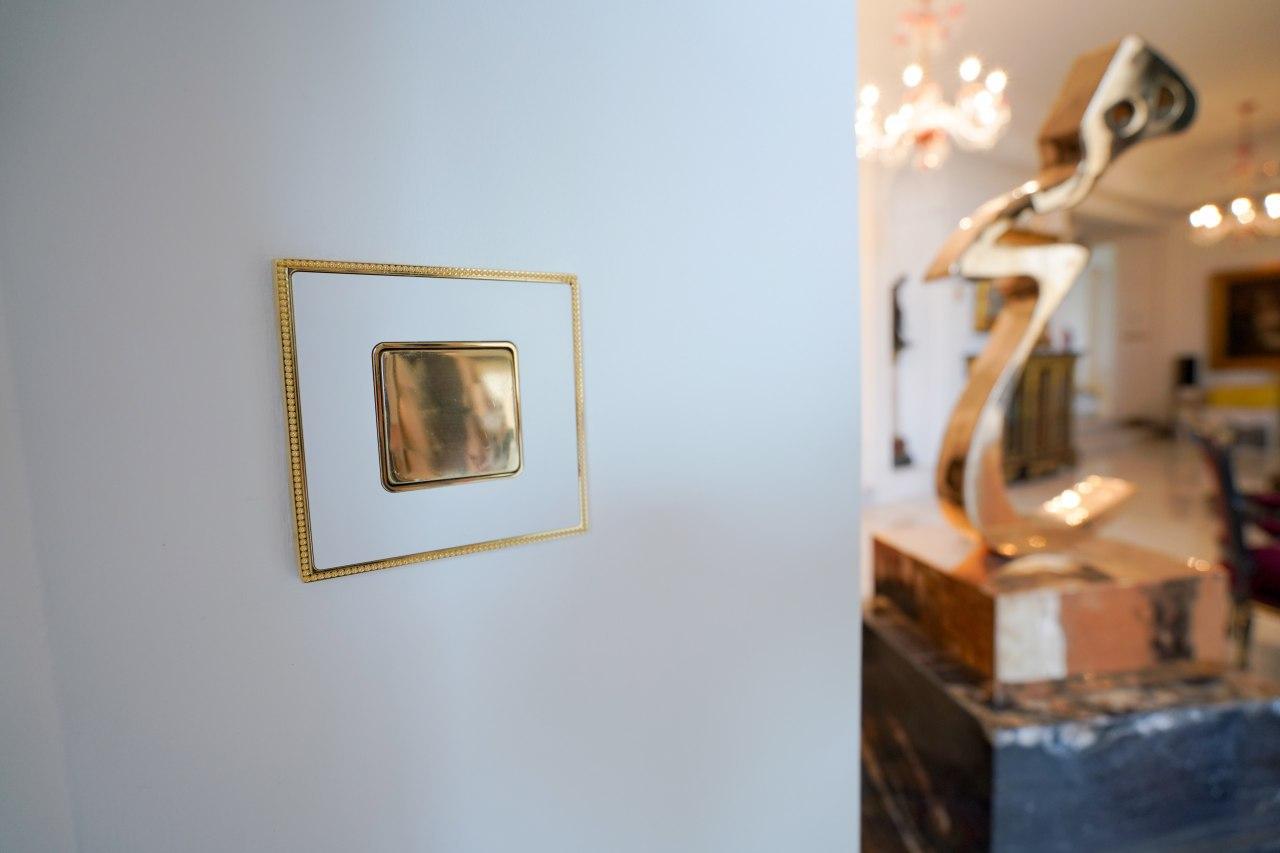Common Mistakes in Interior Design
Interior design is one of the most important aspects of home design, significantly affecting the quality of everyday life. However, many people make mistakes in this area that, instead of enhancing the space, make it look unsuitable and uncoordinated.
Lack of Proper Planning
One of the biggest mistakes people make is not planning thoroughly before starting the decoration. Many individuals purchase furniture and items without a clear design and plan, ultimately leading to a mismatch in the space. To avoid this problem, it is best to first identify your needs and preferences and then proceed with buying and arranging with a detailed plan. Even for smaller purchases like picture frames, vases, cushions, light switches, and other small but important accessories, avoid buying without planning.
Incorrect Choice of Colors
Choosing inappropriate colors can significantly affect the appearance and overall feel of a space. Many people use contrasting and mismatched colors without considering their harmony. Also, lighting plays a major role in the appearance of colors at home. To avoid this mistake, use color palettes recommended in interior design and ensure the colors are harmonious.
Overuse of Patterns and Decorations
Excessive use of patterns and decorations can make the space look cluttered and chaotic. This mistake is especially common in smaller spaces, making the area appear even smaller and disorganized. To prevent this issue, use patterns and decorations in moderation and with care, aiming to keep the space simple and organized.
Ignoring Scale and Proportion
Another common mistake in interior design is not paying attention to the scale and proportion of furniture and items in relation to the size of the room. Placing large furniture in a small room or vice versa can cause visual imbalance and disharmony. To avoid this issue, measure the dimensions of the room before buying items and furniture, and choose appropriately sized pieces.
Neglecting Lighting
Proper lighting is a key factor in interior design, yet many people don’t give it enough attention. Improper lighting can create mismatched shadows and dissatisfaction in the space. For appropriate lighting, use a combination of natural and artificial light sources and distribute the light evenly in the space. The right color of light bulbs can enhance the overall decoration and the colors used in the interior design. For instance, using cool white lights can make a space appear larger, while warm yellow lights create a cozy and inviting atmosphere.
Moreover, decorative lights, such as large and small ceiling lights, recessed ceiling lights that match the ceiling height, wall-mounted lights, and matching light switches and sockets can enhance the appeal. Adjustable wall lights should be placed to illuminate the desired areas effectively.
Poor Choice of Rugs
Using rugs that don’t match the size or style of the room can negatively impact the décor. When choosing a rug, consider the room’s size and the position of the furniture. Select a rug that complements the style and colors of other elements of the design and helps to unify the space.
Overlooking the Details
Small details can have a big impact on the attractiveness and harmony of interior design. Ignoring details like door handles, light switches, sockets, recessed lighting, and small decorations can leave the space feeling incomplete. Therefore, pay attention to these small details and select them with care.
Ignoring Lifestyle Needs
Choosing a design that doesn’t match your lifestyle and needs can lead to daily inconveniences. Before starting the design process, thoroughly consider your lifestyle and needs. Select a design that meets your requirements and is easy to maintain and clean. For example, if you have children or pets, choose durable and washable furniture and materials.
Overlooking Focal Points
Failing to create focal points in a space can make the design seem disorganized and unattractive. Focal points can be anything from a large artwork to a fireplace or a special piece of furniture. Ensure that every room has one or two focal points that draw attention.
Ignoring Functional Needs
Focusing too much on aesthetics while ignoring the functional needs of a space can lead to dissatisfaction and discomfort in daily use. When planning the design, consider the functional needs of your family and make sure your space is not only beautiful but also practical and functional.
Misuse of Wall Art and Decorations
Misusing wall art and decorations can make a space look messy rather than adding beauty. When installing artwork or wall décor, pay attention to balance and harmony. Combine different sizes and shapes, and ensure that the wall décor complements the overall style and theme of the room. Wall galleries with organized layouts can help enhance the beauty and harmony of a space.
Improper Furniture Arrangement
Improper furniture arrangement can lead to inefficient use of space and create obstacles in movement. For proper furniture arrangement, pay attention to the flow of movement in the space and ensure that every part of the room is easily accessible, with enough open areas for easy movement.
Mismatched Styles
Another common mistake is mixing incompatible styles in one space, which can create visual disorder and a lack of harmony in the design. To avoid this mistake, choose one primary style and coordinate the design elements based on it.
Neglecting Vertical Space
Many people only focus on horizontal space and ignore the potential of vertical areas. Utilizing walls for installing shelves, artwork, and other decorative elements can help maximize space and add visual appeal to the room.
Interior design requires attention to detail to create a beautiful, harmonious, and functional space. By avoiding common mistakes such as incorrect scale selection, improper use of colors and lighting, and paying attention to both details and the functionality of the space, you can achieve a successful and pleasing design. Remember that interior design isn’t just about visual appeal; it should also meet your practical needs and comfort.

Leave a Reply